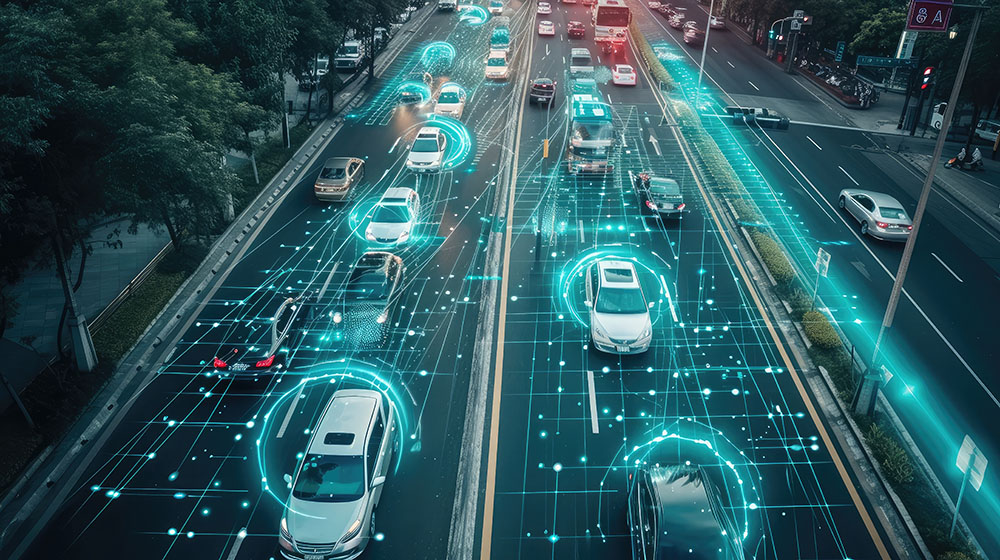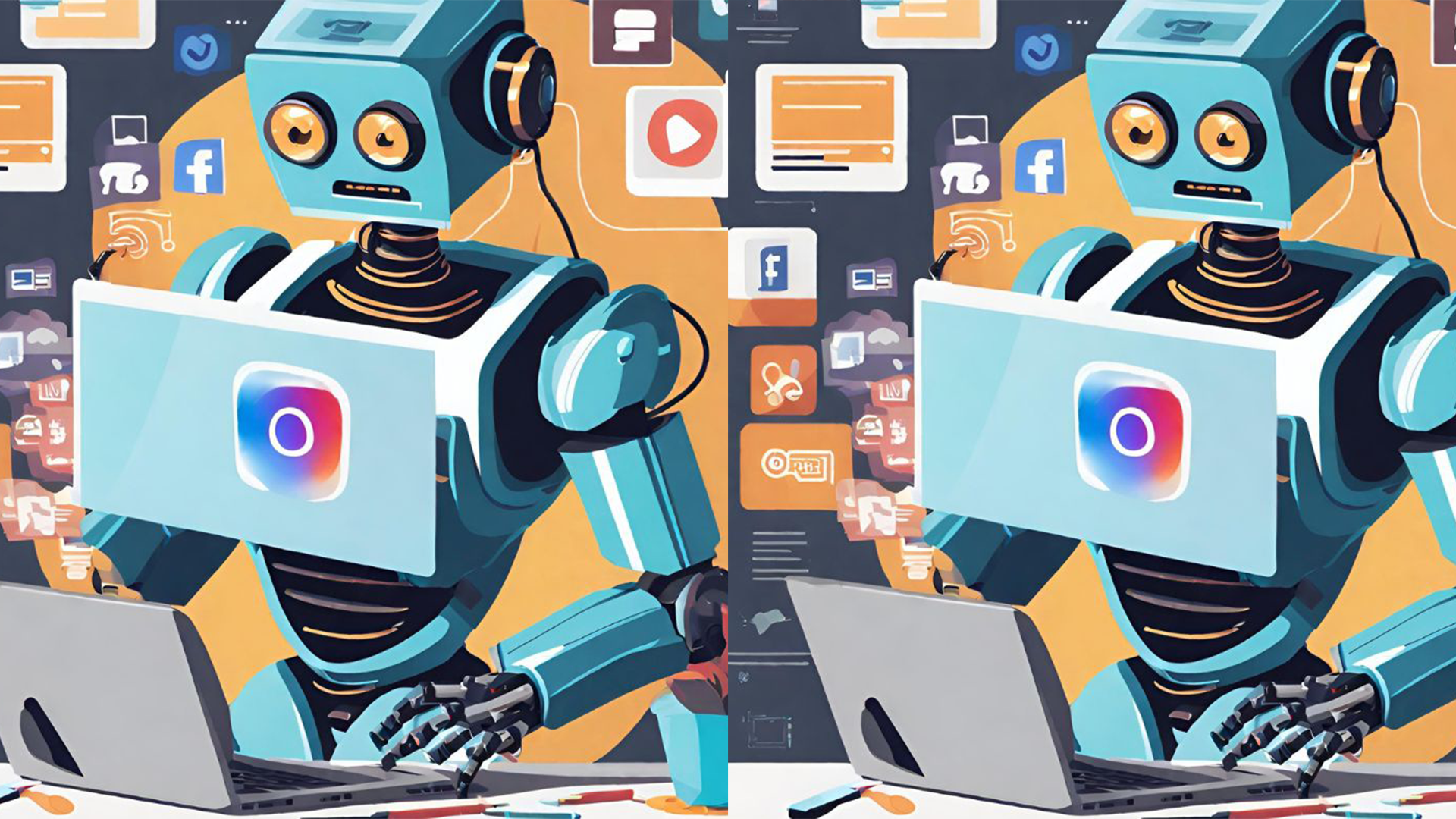Artificial Intelligence (AI) is rapidly transforming the transportation sector, improving safety, efficiency, and convenience. However, as AI becomes more integrated into transportation systems, it introduces several risks that must be carefully managed to ensure public safety and trust.
What Are AI Risks in Transportation?
AI risks in transportation refer to the potential challenges and dangers that can arise from using intelligent algorithms in vehicles, traffic management, and logistics. These risks can impact safety, security, reliability, and public acceptance of AI-powered transportation systems.
How AI Is Used in Transportation
AI powers various transportation applications such as autonomous vehicles, traffic prediction systems, route optimization, and driver assistance technologies. These systems rely on real-time data from sensors, GPS, and cameras to make quick, complex decisions.
Key Risks of AI in Transportation
System Failures:
AI-driven vehicles and transportation systems are highly dependent on technology. System malfunctions, software bugs, or sensor failures can lead to accidents and service disruptions.
Data Security Threats:
AI transportation systems collect and process large amounts of sensitive data. These systems are vulnerable to cyberattacks, which can compromise passenger safety and privacy.
Decision-Making Errors:
AI may misinterpret data or fail to react properly to unexpected situations, especially in complex road environments. This can result in incorrect decisions that put passengers and pedestrians at risk.
Ethical and Legal Challenges:
Determining liability in accidents involving AI systems is complex. There are also concerns about the ethical programming of AI when it must make life-critical decisions.
Over-Reliance on Automation:
Excessive dependence on AI may reduce human vigilance and driving skills, leading to delayed responses in emergency situations.
How to Mitigate These Risks
To minimize these risks, developers and transportation authorities must implement thorough testing, build redundant safety systems, and establish clear regulatory frameworks. Continuous human oversight and regular system updates are also essential.
Conclusion
AI has the potential to revolutionize transportation, but it also brings significant risks that must be carefully addressed. Balancing innovation with safety and responsibility is key to building public confidence and creating a secure, AI-driven transportation future.







Leave feedback about this